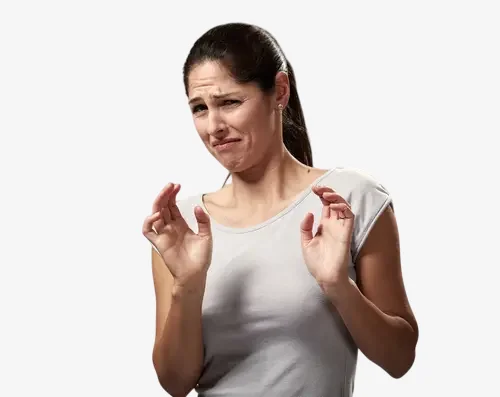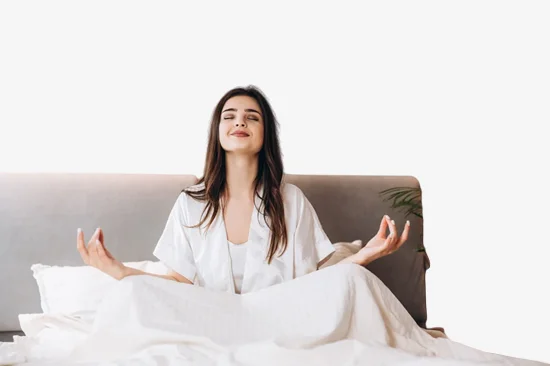Trypophobia is a type of phobia in which the sufferer experiences disgust and fear when seeing a cluster of small, closely packed holes.
These holes, such as those found in honeycomb, certain plants, or bubbles, cause tension and anxiety in the affected person. In this article, we will learn about the symptoms and treatment methods for this phobia.
What is Trypophobia
Trypophobia is a type of phobia in which the affected person feels disgust when seeing patterns of small holes close together, such as those in sponges, pimples, insect eyes, and soap bubbles.
What are the symptoms of Trypophobia

Symptoms of trypophobia appear when seeing an image or object with small holes. These symptoms include:
- Nausea.
- Feelings of disgust.
- Rapid heartbeat.
- Feelings of fear and anxiety.
- Sweating and trembling.
- Avoiding looking at objects with holes.
Causes of Trypophobia
Scientists are still searching for the exact causes of trypophobia, but it may be an ancient evolutionary response due to the similarity between small holes and venomous animals or diseased skin.
The cause may also be visual disgust or excessive brain activity when seeing these holes. Trypophobia can also develop after viewing disturbing images or objects with holes.
How to treat Trypophobia
There are several ways to treat trypophobia or reduce its symptoms, such as:
- Psychotherapy.
- Behavioral therapy.
- Gradual exposure therapy.
- Practicing breathing and relaxation exercises.
Complications of Trypophobia
If trypophobia is not addressed in a healthy way, it can lead to serious complications such as:
- Social isolation.
- Sleep disturbances. Symptoms of depression.
- Feeling constant anxiety.
- Difficulty performing daily activities.
Tips for coping with trypophobia

The following tips can be followed to cope with trypophobia and reduce its impact on the affected person's life:
- Practice deep breathing exercises.
- Always remember that these holes are harmless.
- Avoid looking at pictures or objects with holes.
- Engage in activities to distract yourself from this phobia.
- Talk to a mental health professional to prevent the phobia's symptoms from worsening.
When should you see a doctor
It is advisable to visit a doctor or mental health professional if the intense fear of trypophobia begins to affect the patient's daily life or if complications arise from this phobia.
Frequently Asked Questions about Trypophobia
How do I overcome trypophobia
By practicing relaxation exercises, gradually exposing yourself to trypophobia triggers, and undergoing behavioral therapy.
Is there a medication for trypophobia
There is no specific medication for trypophobia, but the doctor may prescribe sedatives to alleviate the accompanying symptoms.
Is trypophobia a real phobia
Yes, trypophobia is a real phobia, despite not being officially classified as a mental disorder. However, it is a phobia that causes fear and anxiety that may require treatment and medical intervention.
Article Summary
Trypophobia is a type of phobia that causes disgust in the affected person simply by seeing small holes. Symptoms may include nausea, feelings of fear, and a rapid heartbeat.
This phobia can be treated through behavioral or psychological therapy, or by regularly practicing deep breathing and relaxation exercises.